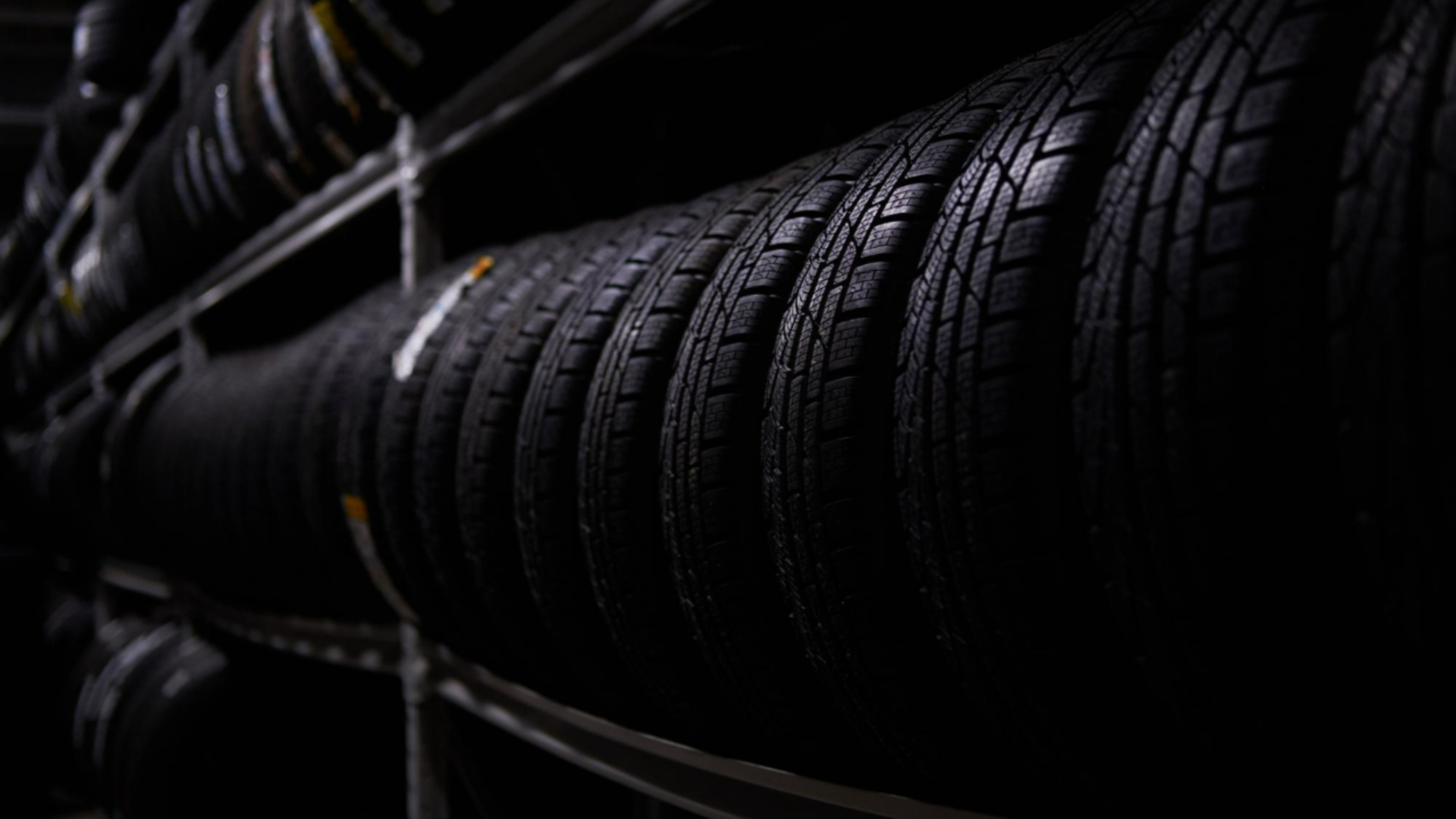Proper tire maintenance is essential for ensuring safety, comfort, and optimal performance of a vehicle. Tires are the only point of contact between the car and the road, so their condition can directly affect the stability of the car, fuel efficiency, and passenger safety.
Here are the key aspects of tire maintenance, ensuring you get into cars that are in the best condition.
- Tire Pressure Check
Maintaining the correct tire pressure is one of the most important aspects of tire care. Under-inflated or over-inflated tires can lead to uneven wear, higher fuel consumption, and reduced grip on the road, increasing the risk of accidents.
It’s recommended to check tire pressure at least once a month and before long trips. The correct pressure can be found in the car’s manual or on a label located on the driver’s door frame. It’s important to check pressure when the tires are cold, as pressure increases with the heat generated by vehicle use.
- Tire Rotation
Tire rotation is a process where the tires are swapped between the front and rear wheels. This maintenance ensures the tires wear evenly, which extends their lifespan and improves vehicle safety. Without proper rotation, tires may wear out faster on one side, affecting the car’s stability and handling.
Tire rotation should be done every 8,000 to 10,000 kilometers or as recommended by the vehicle manufacturer.
- Wheel Alignment and Balancing
Wheel alignment and balancing are essential processes for tire maintenance. When wheels are misaligned, the vehicle may pull to one side, causing uneven and faster tire wear. Poor balancing can cause vibrations in the steering wheel and irregular tire wear.
- Tread Wear Check
It’s crucial that the tread has enough depth to ensure proper traction, especially in wet conditions or on rainy roads. Tires with excessive tread wear lose grip, increasing the risk of skidding and accidents.
Well-maintained tires not only ensure a safer and more comfortable drive, but they also contribute to greater fuel efficiency and a lower chance of breakdowns during the journey. By relying on transfers that perform regular and thorough tire maintenance, passengers benefit from a more reliable and peaceful travel experience, minimizing the risks of unforeseen inconveniences and ensuring every trip is as safe as possible.










